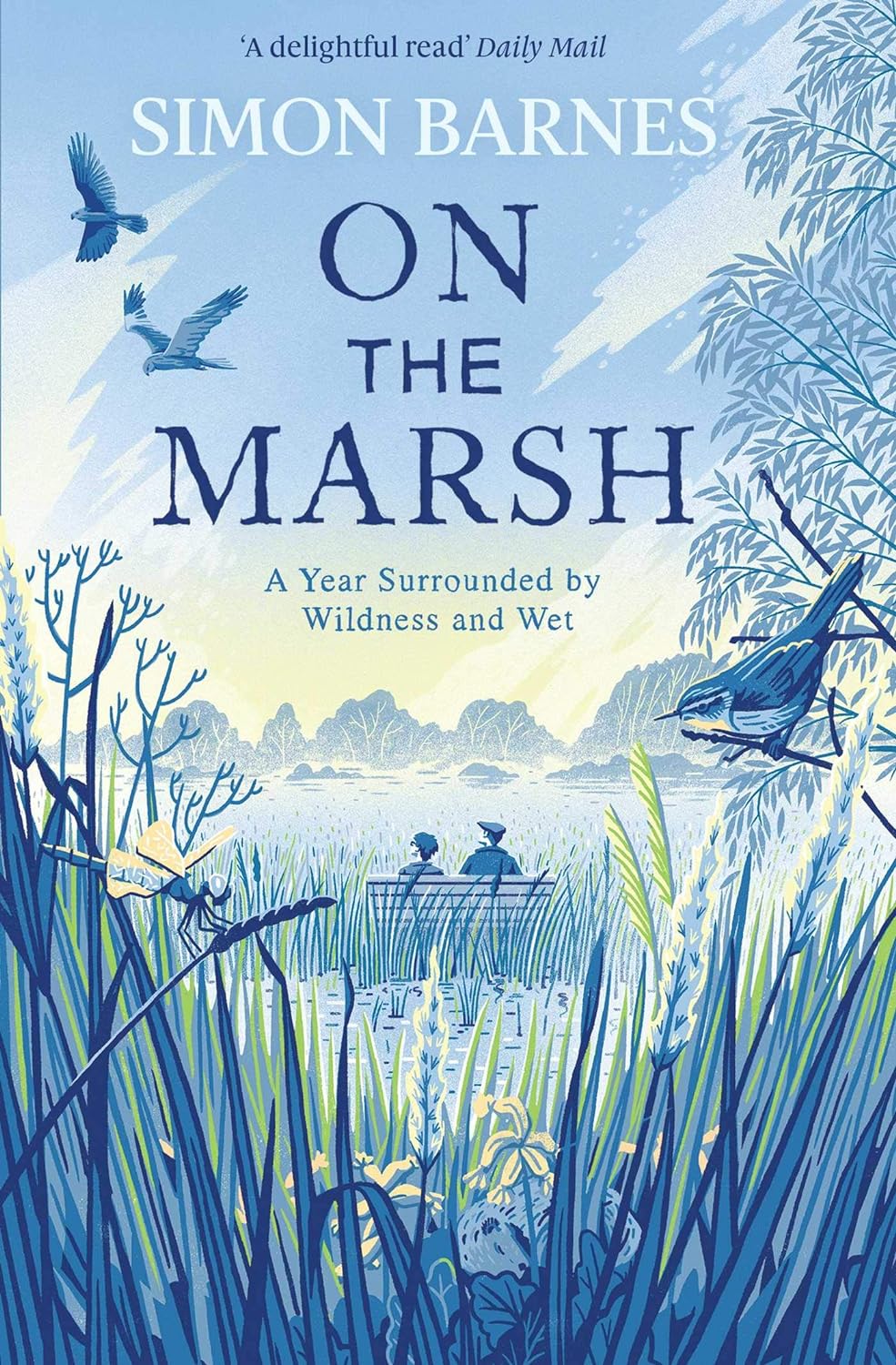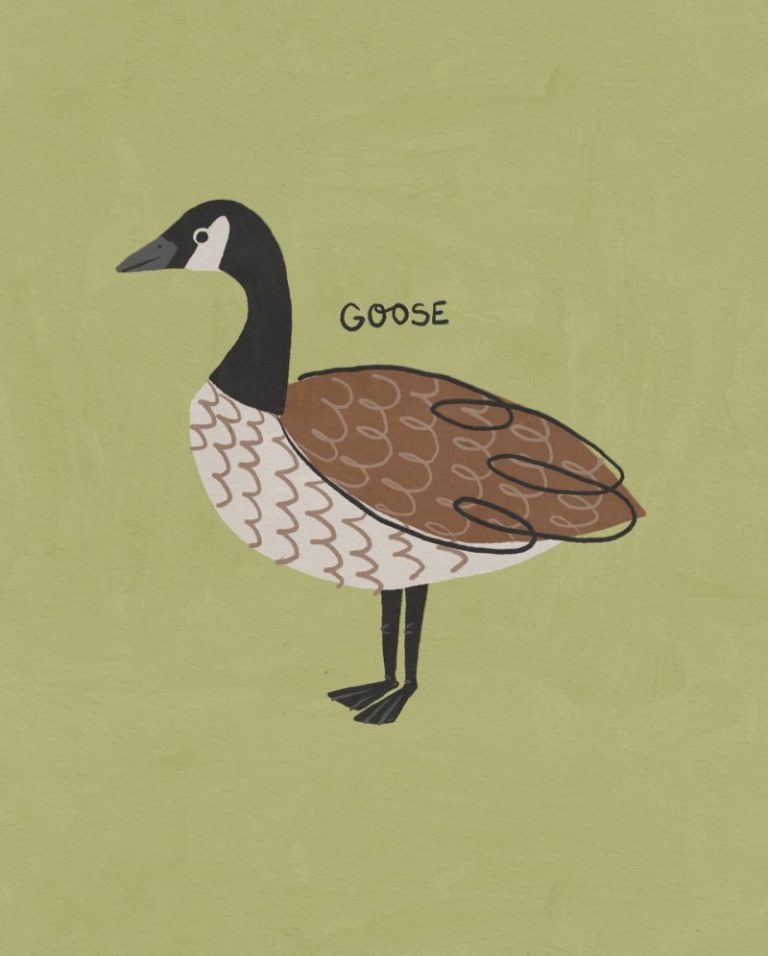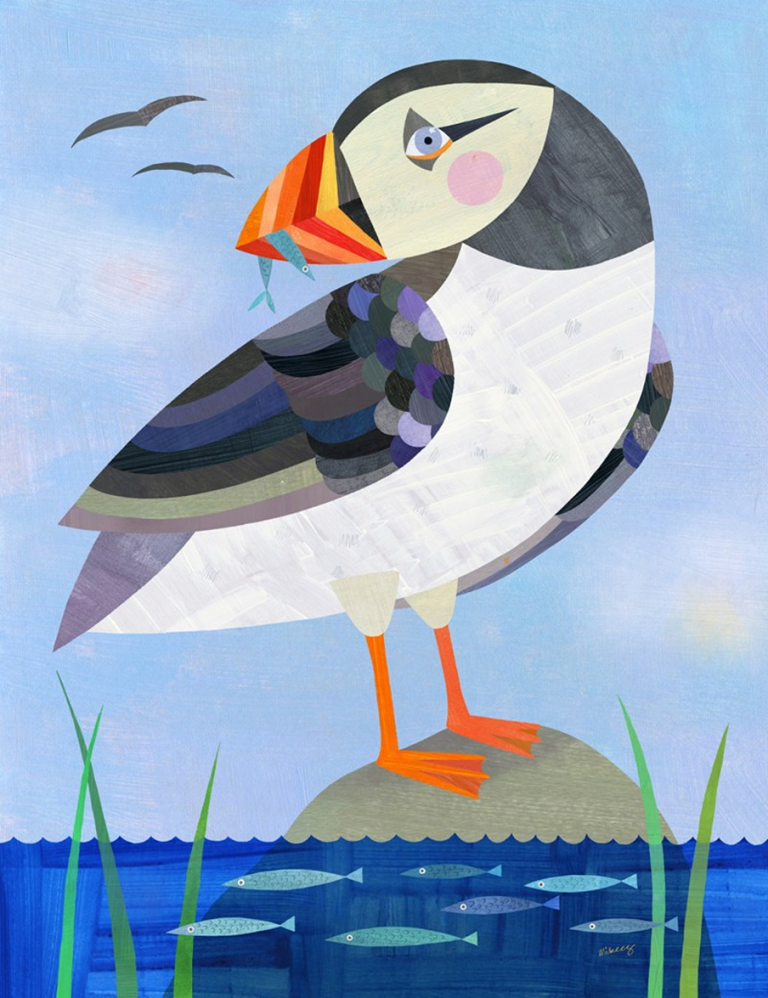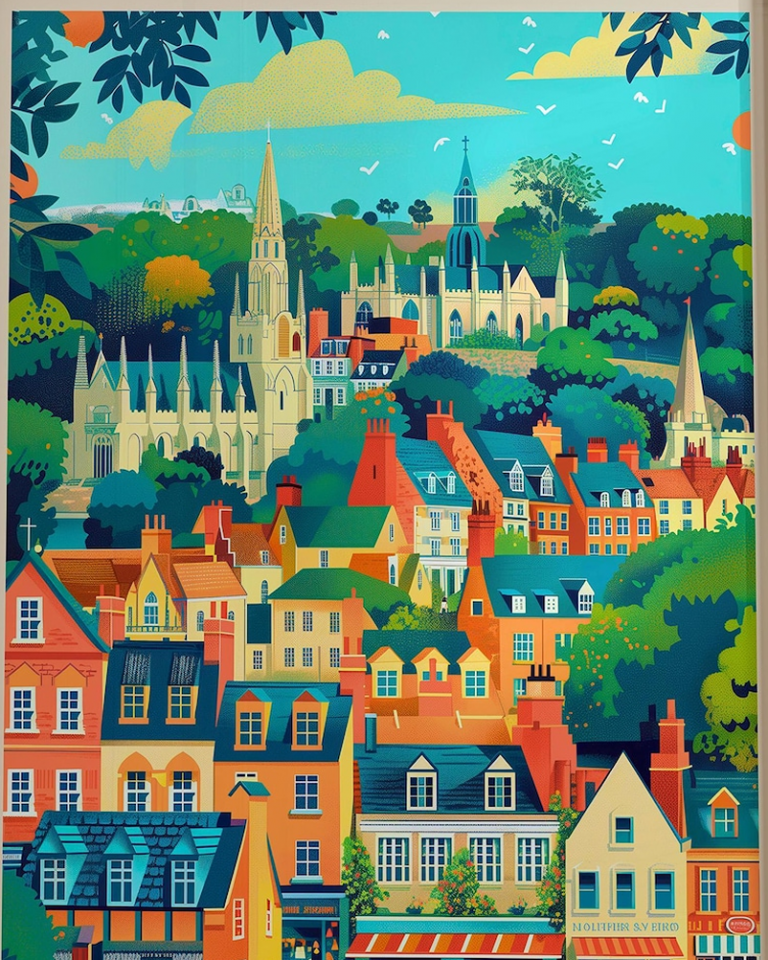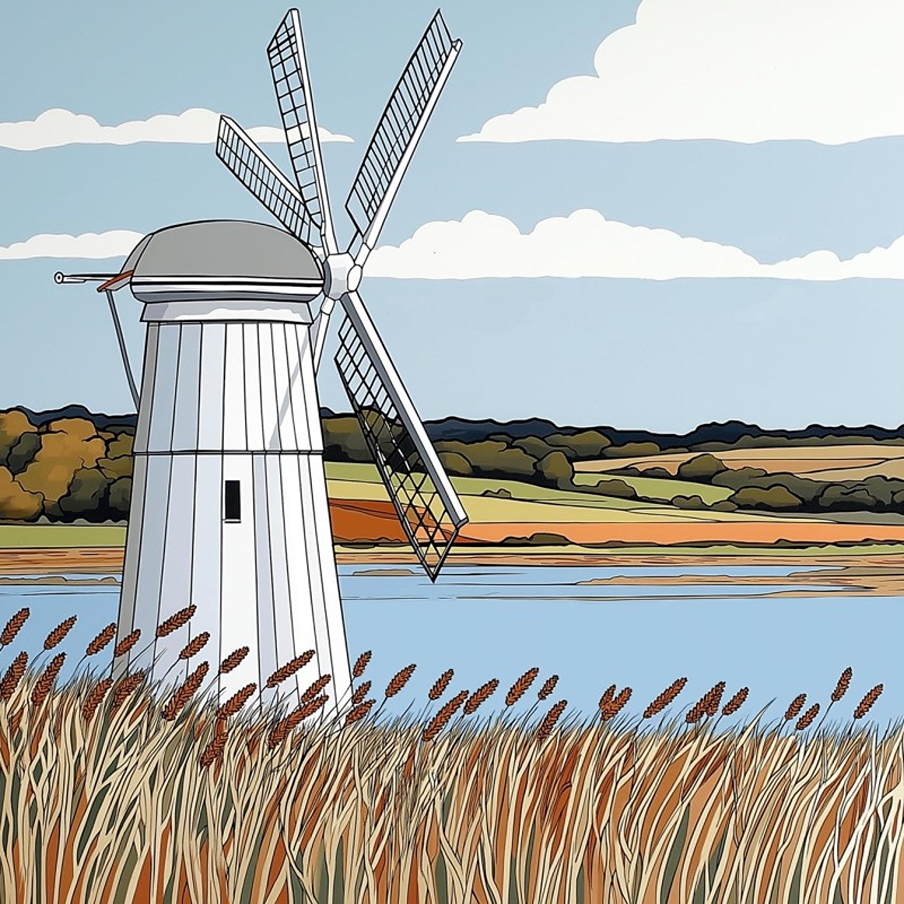
Norfolk is one of England’s quieter counties, on the east coast. The sandy beaches face the cold North Sea (opposite Belgium and The Netherlands). While inland you have windmills on marshy lands, and the Norfolk Broads. Norwick is one of England’s greenest cities.
The Norfolk Coast Path runs for over 80 miles, from Hunstanton to Hopton-on-Sea. The salt marshes are dotted with pink thrift, and windmills that rise above the fields. Stop at seaside villages like Cley-Next-The-Sea or Brancaster for a refreshing tea or beer.
Always follow the Countryside Code, to keep all creatures safe.
If at the coast, read our post on keeping dogs safe by the seaside.
Stroll Through Historic Norwich
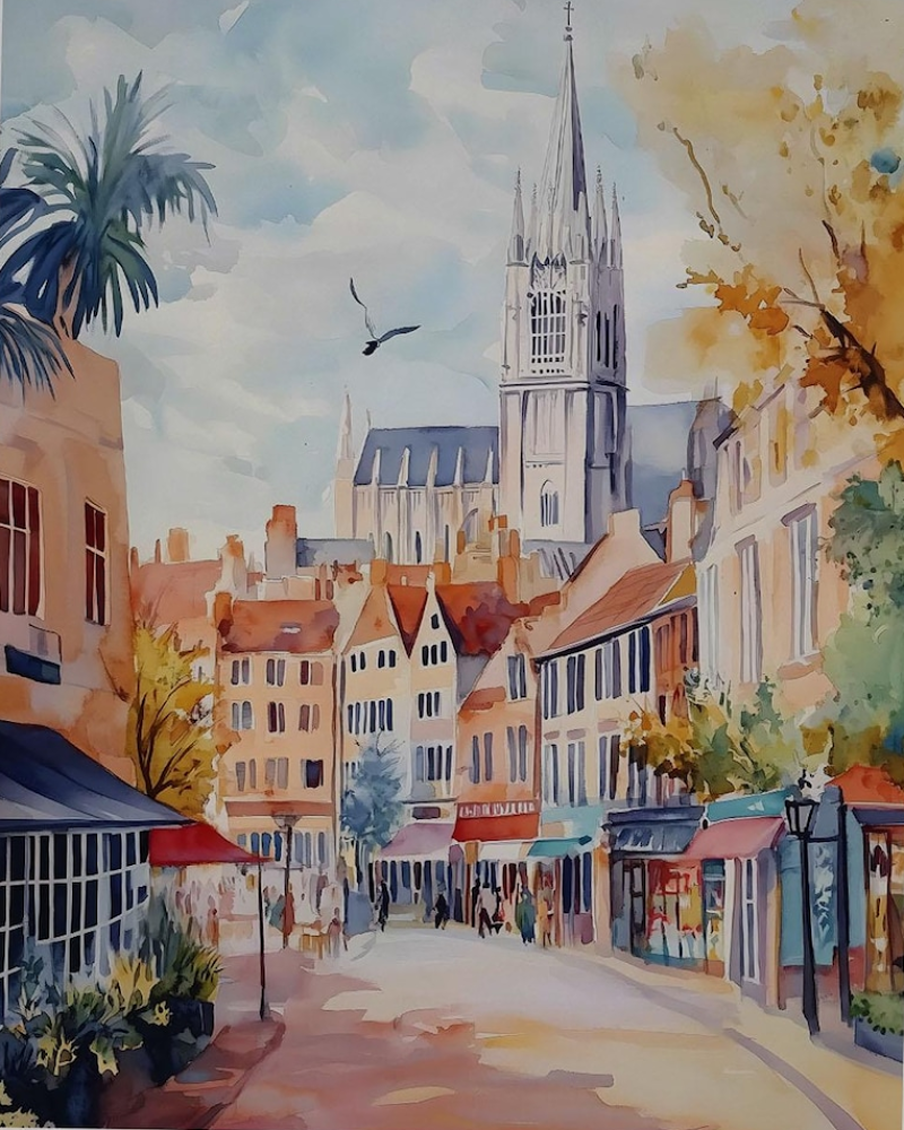
Norwich has many beautiful buildings including two cathedrals and a Norman castle. This charming city has many green spaces, and a host of independent shops.
Elm Hill is Norwich’s most picturesque street, lined with timber-framed houses and cobbles. Many of these lovely buildings date to the Tudor era.
The Norfolk Broads: England’s Amazon

The Norfolk Broads (manmade wetland waterways) are home to 25% of England’s birds and native wildlife (including rare Swallowtail butterflies). There are seven rivers and over 60 broads (bodies of water).
The Norfolk Broads span over 120 miles of navigable rivers and lakes, created from flooded medieval peat diggings. Wildlife thrives here, from kingfishers to the haunting calls of bitterns in the reeds.
If boating, be a sustainable sailor if boating, to protect them.
Home to Many of England’s Wild Seals
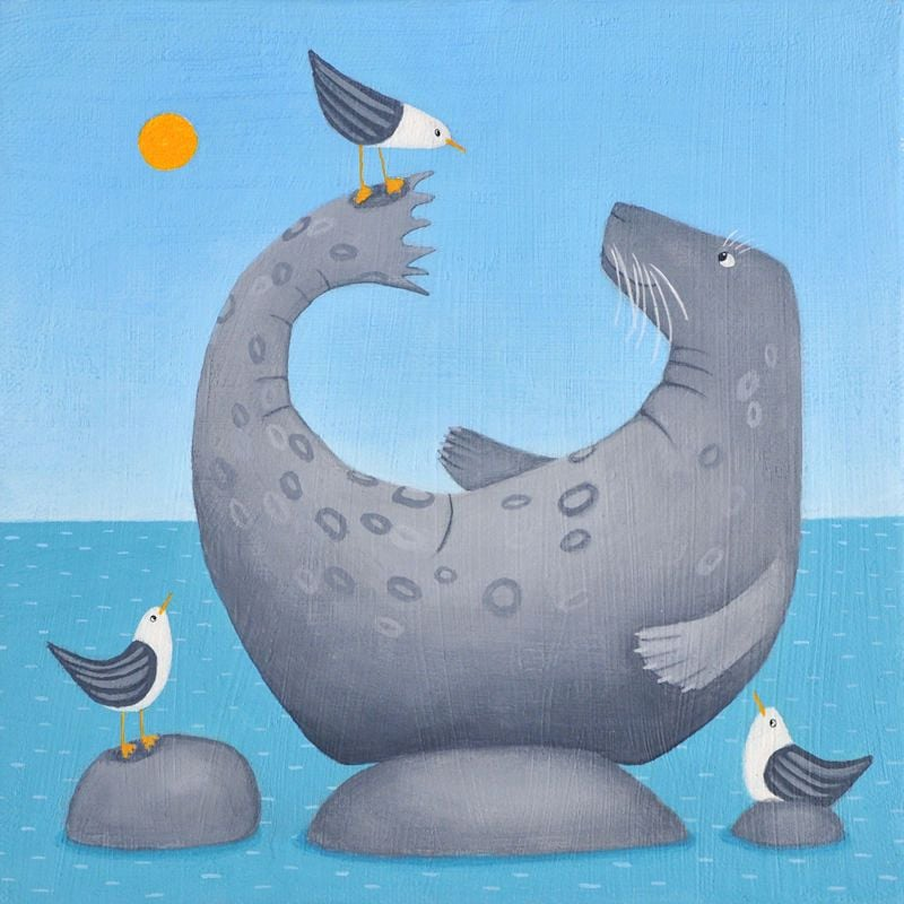
Norfolk is a good place to view wild seals . Between October and February, grey seals come ashore to give birth to pups.
Never disturb these beautiful creatures, you could spook pups into the sea, before they can swim. Never walk on sand dunes, to protect nesting birds, seal pups and endangered natterjack toads. Keep dogs away, especially at breeding season.
Cromer’s Interesting Lifeboat Museum

Cromer sits on the Norfolk coast, drawing families with its sandy beach and Victorian pier. You can also visit the local lifeboat museum, dedicated to the quiet humble lifeboat volunteer Henry Blogg.
Having never got over the tragedy of losing his young children), he saved 873 lives (including many birds and a large dog from the sinking ship Monte Nevoso in 1932 – who he adopted and they became best friends).
Wells-next-the-Sea: North Norfolk Seaside Charm
If you want the quintessential Norfolk town, this is it. Situated on the North Norfolk coast, this is all sandy beaches and pastel-coloured beach huts, perfect for enjoying a cup of tea, while watching children build sand castles. And seeing boats drift past.
The pinewoods behind the beach add shelter and are great for shaded strolls. The tidal creek means the view changes with the day and the time of year. The Wells & Walsingham Light Railway is the world’s smallest public railway, and links Wells with the village of Walsingham.
The town suffered many casualties in the great 1953 flood (which killed many people on the East Coast). Police officers Charles Lewis and Leonard Deptford received George medals for heroic rescues, including of a bedridden elderly couple, and a local dog.
Walsingham, Norfolk (religious history and mystery)

A few miles away from Wells is the inland village of Walsingham, a popular pilgrimage for religious retreats. Read Paul Kingsnorth’s lovely piece on visiting England’s Nazareth.
Norfolk boasts more churches than anywhere on earth, so you won’t have to look for to spot a medieval church or spire, even if some lay abandoned. This is due to the strong history of the Catholic faith, before Henry VIII came to power.
A Year Surrounded by Marshy Wildness
On the Marsh is a lovely book by Simon Barnes (who used to be a peaceful troublemaker writing for national newspapers). On hearing a Cetti’s warbler sing in Norfolk as he looked at a house for sale, he decided to move there with his family, as he feared that marshy land nearby would end up being lost to developers or intensive farming.
As he and his wife rewilded the area, this had beneficial effects for their son, who has Down Syndrome. A place of calm and inspiration for all.
The book follows triumphs (two harrier families arrive to use the marsh as hunting ground). And disappointments (chemical run-off from neighbouring farmland creates a nettle monoculture).

